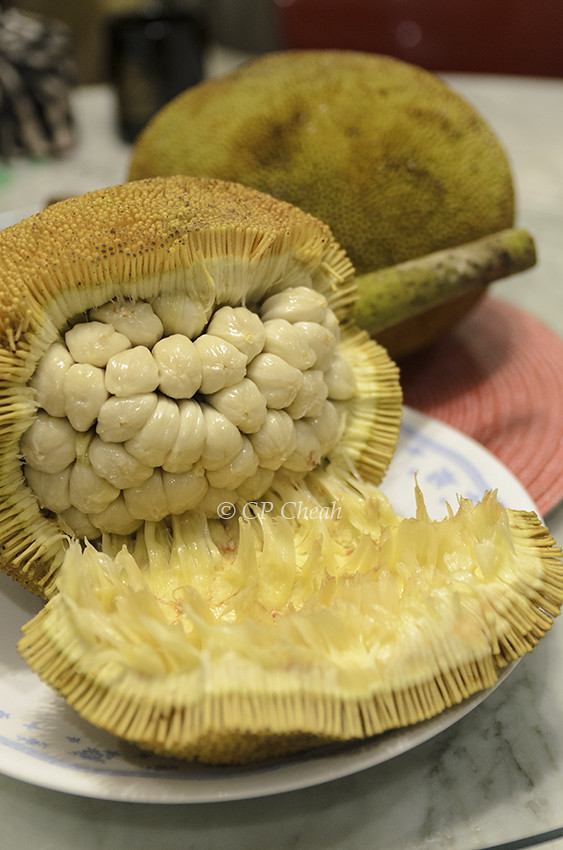Introduction:
Heavy metal contaminants are among the widespread environmental issue around the world. in the south east coast of Sweden called östersjön, metal contamination in marine and coastal area have been experienced by the locals. One possible factor for this issue is caused by humans living near the coast. This may be a direct or indirect effect. People from the said locality use boats for recreation and industry. They were decorated with paints which contains heavy metals. These paints degrade whenever they come in contact with sea water. Thus, heavy metals are now being transported to any body of water.A study by Zainal Arifin of the research centre for oceanography in Indonesia indicated that metal contamination also occurs in the bodies of water in the South East Asia, particularly in Indonesia. According to their studies, metal contamination can affect marine organisms such as phytoplankton and zooplanktons. When subjected to bio magnification, these may affect humans who may have coincidentally ingested some of these contaminated organisms. They theorized that these contaminants may have been caused by the increasing population of locals and industrial growth near bodies of water.
Possible solutions:
According to a study by PhD student Chieng Hei Ing under the supervision of Asscociate Professor Dr. Linda B.L. Lim, both of Universiti Brunei Darussalam, the skin and the core of Tarap (Artocarpus odoratissimus) is a biosorbent to absorb heavy metals and other toxic dyes. So how are we going to extract its uses?- Place the Tarap skin and core inside a mesh bag.
- Tie the bag containing the skin of the fruit near sea ports where heavy metals are present. The bag should be tied to a buoy to serve as an indicator.
- Frequent monitoring of the buoy should be done in order to prevent littering and reabsorption of heavy metals.
- Dispose the bag properly whenever the fruit skin starts to rot.
Another study from Vietnam showed that seashells, mussels or clams can also be used in accumulating heavy metals. The shells of these organisms contain Calcium carbonate. This substance react with metals to form another compound thus, trapping the metals in its surface. If this is the case, how are we going to use the potential of this solution?
The methods for this solution can be the same as the methods used with the Tarap skin. Seashells would not rot, and will definitely last longer.


